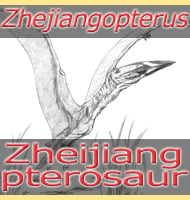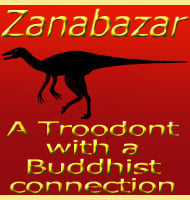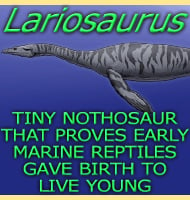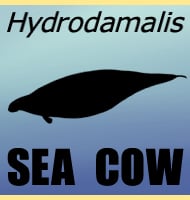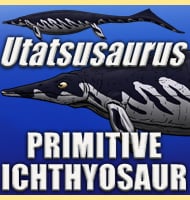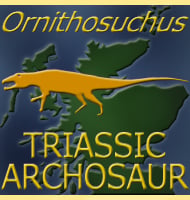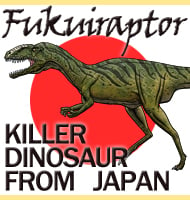In Depth
Lonchognathosaurus had jaws that were typical of the dsungaripterid pterosaurs in that they were pointed and lacked teeth towards the front of the snout. It’s thought that pterosaurs like Lonchognathosaurus used this design to dig out invertebrates so that they can be crushed with the stout teeth towards the rear of the mouth.
Lonchognathosaurus has been considered by some to be a junior synonym to Dsungaripterus, although the snout of Lonchognathosaurus seems to have been less curved than the snout of Dsungaripterus. Additional speculation is that fossils of Lonchognathosaurus may actually represent the genus Noripterus.
Further Reading
– A new dsungaripteroid pterosaur from the Lower Cretaceous of the southern Junggar Basin, north-west China. – Cretaceous Research 25:625-634. – M. W. Maisch, A. T. Matzke & G. Sun – 2004. – A new rhamphorhynchid pterosaur from the Upper Jurassic of Xinjiang, China, and the phylogenetic relationships of basal pterosaurs. – Journal of Vertebrate Paleontology. 30 (1): 163–187. – B. Andres, J. M. Clark & X. Xing – 2010. – A taxonomic revision of Noripterus complicidens and Asian members of the Dsungaripteridae. – Geological Society SP455. New Perspectives on Pterosaur Palaeobiology – D. W. E. Hone, S. Jiang & X. Xu – 2017.

